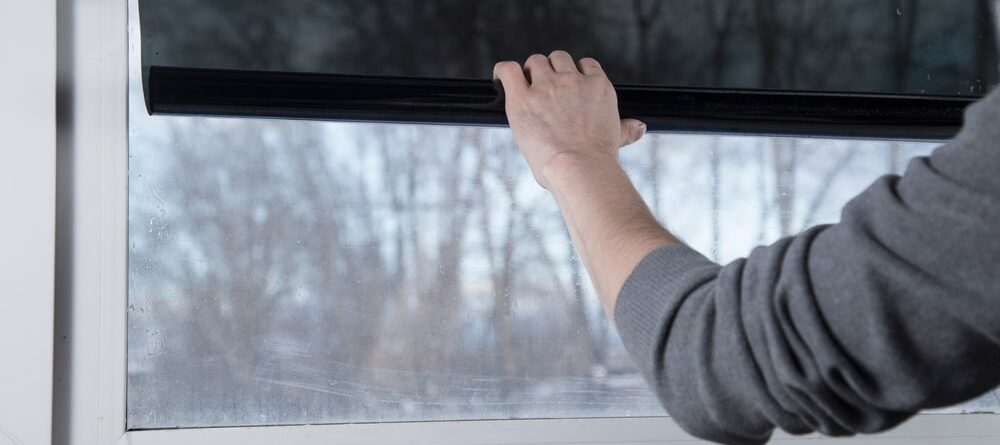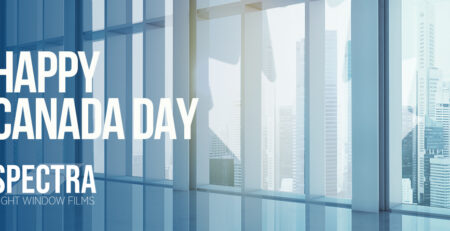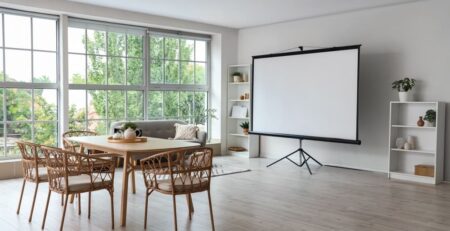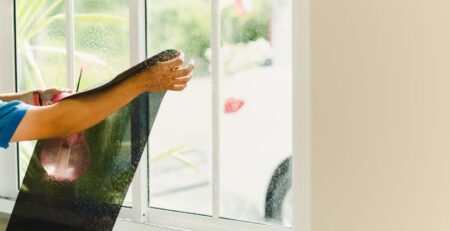When looking for ways to reduce heat, cut glare, and protect your home from UV damage, you’ll often come across two options: solar screens and window film. While both options will improve your home’s comfort and energy efficiency, they work very differently—and one solution often outshines the other.
Here’s a breakdown to help you decide which is right for you.
What is a Solar Screen?
A solar screen is a specially designed mesh material installed on the outside of your windows. Its job is to block sunlight before it even hits the glass. Solar screens are effective at reducing heat and glare. They also help prevent UV rays from fading your furniture and floors.
That said, solar screens do have their downsides:
- The bulky material can change the look of your home’s exterior.
- Screens noticeably block your view and make your windows appear darker.
- They must be removed for window cleaning and maintenance.
If maintaining your home’s appearance and outside views is important to you, solar screens may not be the ideal solution for your home.
What is Window Film?
Residential solar window film is a thin, transparent layer applied directly to your window’s glass. It blocks harmful UV rays, reduces solar heat gain, and minimizes glare—all without altering the appearance of your home. Unlike solar screens, window film maintains a clear, open view to the outdoors.
Benefits of window film include:
- Significant heat reduction, keeping your home cooler in the summer.
- Protection against 99% of UV rays, preserving your floors, furniture, and décor.
- Lower monthly energy bills due to improved indoor temperature control.
- Enhanced privacy and security with certain film options.
- Year-round performance, helping to keep heat inside during colder months.
With Spectra Light’s selection of residential solar window film solutions, you can access several other benefits, including privacy enhancements, shatter resistance, and even decorative upgrades with our printed graphic window films.
Choosing the Right Option
When comparing solar screen vs. window film, first, consider your priorities:
- If you’re looking for maximum outdoor visibility, opt for window film.
- For a solution that enhances your home’s appearance rather than covering up windows, window film wins again.
- For better year-round performance, residential solar window film provides insulation benefits in both hot and cold weather.
While solar screens can be helpful in some cases, most homeowners find that residential solar window film provides a better balance of efficiency, comfort, aesthetics, and value.
Residential Solar Window Film: The Clear Choice for Your Home
When it comes to choosing between window film vs solar screens, one of the biggest deciding factors is how it changes the look and feel of your home. Most homeowners opt for the transparency of residential solar window film because it allows natural light in while offering the same advantages as solar screens.
For cost-effective, long-term solutions, call Spectra Light, today. Our team of experts are here to help you meet your window film needs.






